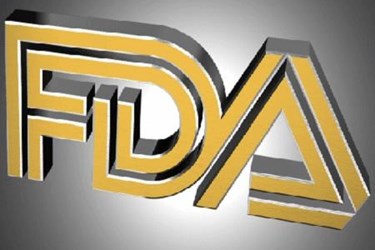FDA Describes How Interface Design And Human Factors Support Approval Of Generic Combination Products
By Jof Enriquez,
Follow me on Twitter @jofenriq

The US Food and Drug Administration (FDA) has issued a draft guidance to assist submitters of abbreviated new drug applications (ANDA) in minimizing differences between the user interface of a proposed generic drug-device combination product and the user interface of its Reference Listed Drug (RLD). The user interface refers to all components with which a user interacts, including the delivery device constituent part of the combination product, its associated controls and displays, and product labeling and packaging.
FDA defines an RLD as an approved drug product to which new generic versions are compared to show that they are bioequivalent. A drug company seeking approval to market a generic equivalent must refer to the RLD in its Abbreviated New Drug Application (ANDA). The generic version is expected to have the same clinical effect and safety profile as the RLD for all products submitted in ANDAs, including drug-device combination products. FDA also expects that patients and lay-persons can safely use an approved generic combination product appropriately when it is substituted for the RLD.
End users of combination products, however, may lack the expertise or may be less accustomed than healthcare providers in navigating differences in the user interface of a generic combination product, which make it more likely for use-related errors to happen, according to FDA.
EpiPen's manufacturer Mylan had argued in a January 2015 petition to FDA that Teva Pharmaceutical's proposed two-cap version requires an extra step and slightly different directions for patients, but maybe confusing enough to potentially deliver lethal doses, reported Bloomberg. FDA later rejected Teva's product, citing "major deficiencies."
In this week's guidance, in order to mitigate risks, applicants submitting ANDAs are encouraged to minimize user interface differences between the combination product and its RLD. The draft guidance offers three types of threshold analyses which can be used throughout the development program for the purposes of identifying, evaluating, and minimizing differences in design.
- Labeling comparison — FDA recommends a side-by-side, line-by-line comparison of the full prescribing information, instructions for use, and descriptions of the delivery device constituent parts of the generic combination product and its RLD.
- Comparative task analysis — FDA recommends that potential applicants conduct a comparative task analysis between the RLD and the proposed generic combination product.
- Physical comparison of the delivery device constituent part — FDA recommends that the potential applicant of the proposed generic combination product acquire the RLD to examine (e.g., visual and tactile examination) the physical features of the RLD and compare them to those of the delivery device constituent part for the proposed generic combination product.
If the threshold analyses indicate that a design difference may not be minor, potential applicants should first consider modifying the design of the user interface (e.g., delivery device constituent part), says FDA.
The agency acknowledges that developers of a proposed generic combination product may design a user interface that has certain differences from the user interface approved for the RLD, and FDA says it will accept such design differences, "if they are adequately analyzed, scientifically justified, and do not preclude approval in an ANDA."
"FDA intends to consider any differences in the design of the user interface of a proposed generic combination product and the RLD, and assess the need for additional data, such as data from comparative use human factors studies, on a case-by-case basis," states the guidance, which ends with appendices for study design and sample design considerations for comparative use human factors studies.
As noted by RAPS, this draft guidance comes as the pricing controversy over Mylan’s EpiPen has "simmered down," though the only current generic version of the product is an authorized generic from Mylan.
Generic alternatives have so far failed to break Mylan's monopoly over the market. Problems with auto-injector designs, insurance reimbursements, and cumbersome FDA regulation, have been cited as reasons.
